OKC Zoo Pachyderm Building, now a historic landmark, reopening with new exhibits
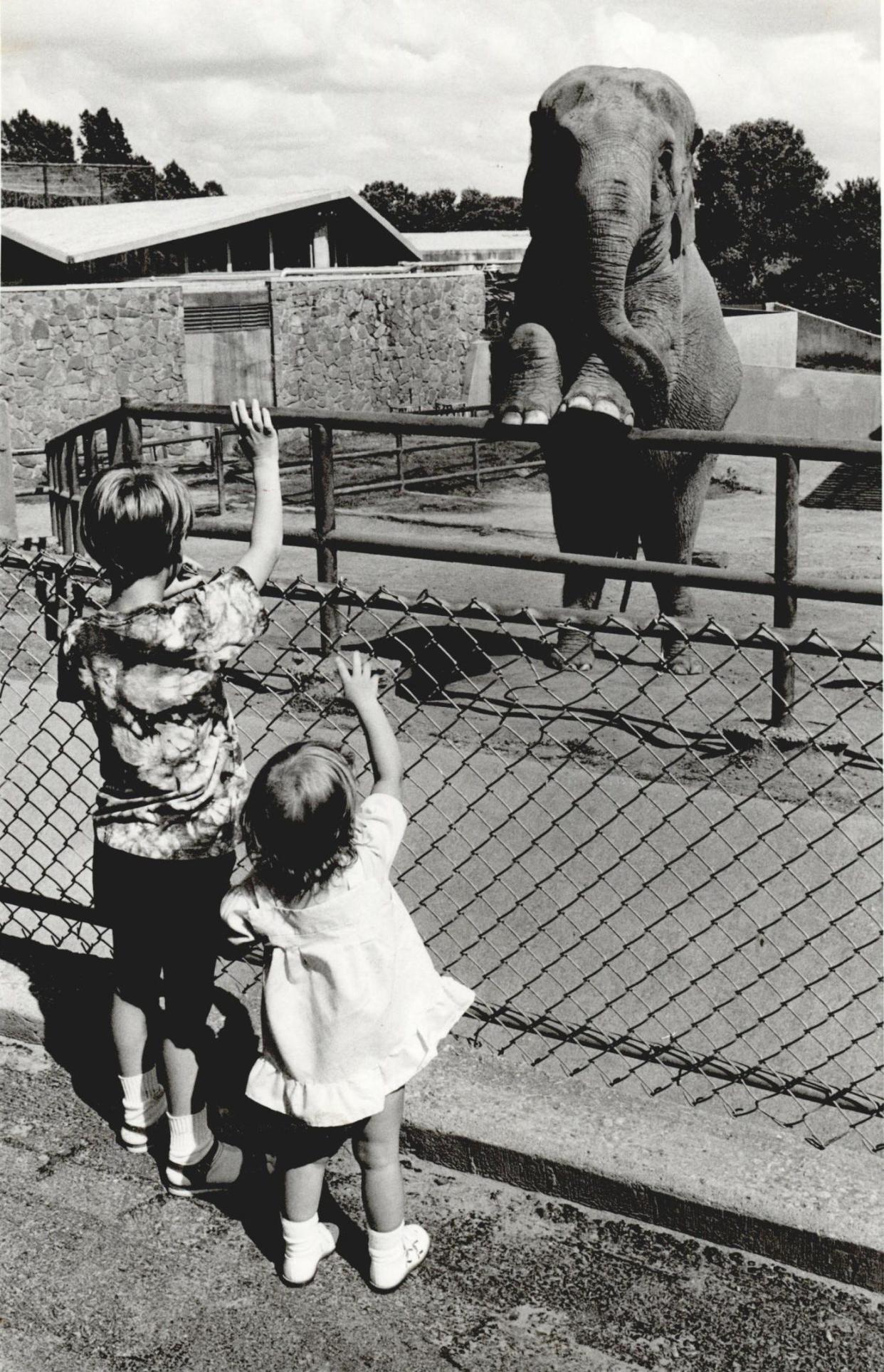
The Pachyderm Building at the Oklahoma City Zoo, the one-time home of Judy the elephant and Mathilda the hippopotamus, is set to reopen this summer after a $10 million renovation as an event center and exhibition space.
Dwight Lawson, zoo director, said the $10 million renovation preserves much of the building’s design as part of the building being listed in 2021 on the National Register of Historic Places. But visitors getting an early glimpse of the building are noticing a couple of big differences from when they toured the exhibits as kids.
“It’s climate controlled, and the smell is gone,” Lawson said. “As we toured people through, that’s the comment always made. It’s air-conditioned, and you can’t smell anything anymore.”
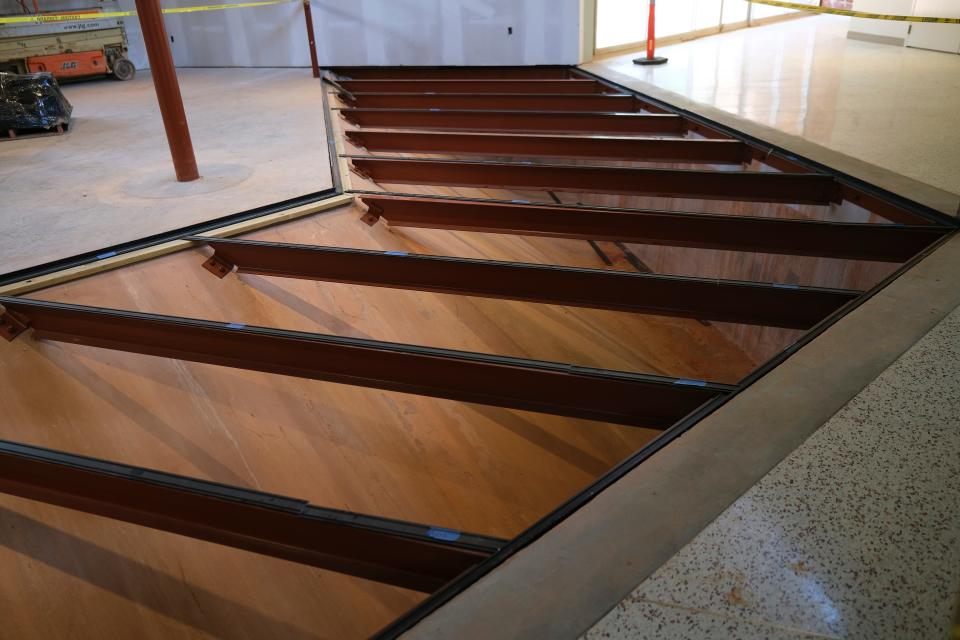
The history of the building at the Oklahoma City Zoo
The building and the adjoining 1923 Clara Girvin bridge represent two significant eras for the zoo, which originally stood along the Oklahoma River. That location, opened in 1902, was relocated to higher ground at what was then known as Lincoln Park after a series of devastating floods.
The bridge once spanned a tributary of the zoo lake and was the main entry to the zoo when it opened at its new home in 1923. The Pachyderm Building, meanwhile, was built in 1962 and ensuing years as part of an expansion program funded through bonds passed by voters and contributions from schoolchildren.
Lawson said not much of the architecture of the Depression-era WPA era survives with the exception of the Zoo Amphitheatre. The Pachyderm Building also represents one of the only surviving examples of mid-century modern architecture at the zoo.
“There is a big gap between the era of the WPA and the Pachyderm Building of the late ‘50s and the more recent spate of development that started in the 1990s when the sales tax kicked in.”
More: OKC Zoo's new baby chimp makes public debut
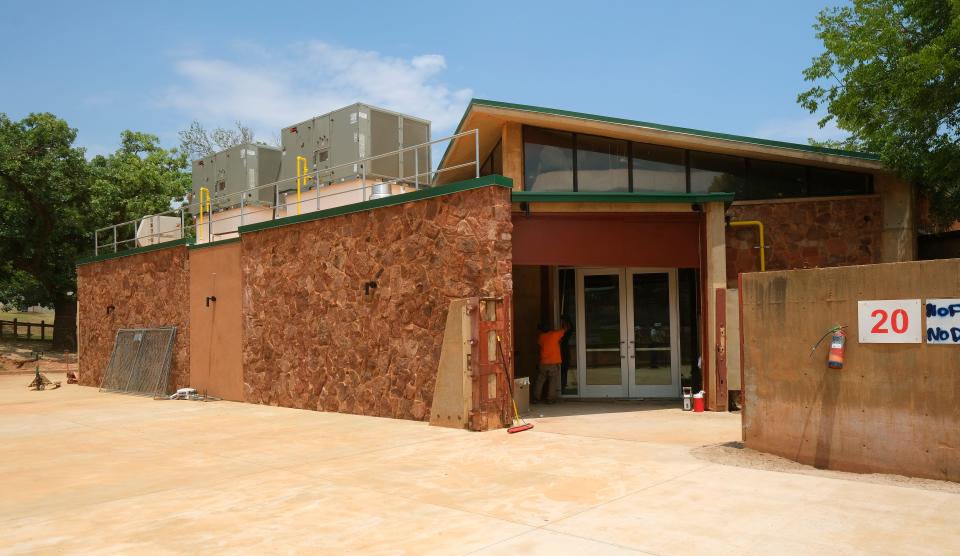
Architectural historian Cynthia Savage, who wrote the National Register application, said the building deserved being listed due to its distinctive, zigzag, multi-level, yet single story design, and a facade consisting of fieldstone and concrete.
The building also was home to two of the best-known residents of the zoo, Judy the elephant and Mathilda the hippopotamus.
More than 50,000 children across the state raised $3,250, mostly in pennies, nickels and dimes, in 1949 to bring a young Asian elephant named Judy after the passing of another elephant that arrived at the zoo shortly after it moved to Lincoln Park.
By the time the Pachyderm Building opened, Judy the elephant was the zoo’s top attraction. Judy’s trainer, Bert Pettus, taught Judy to do tricks, and he and Judy often made visits to schools and public events.
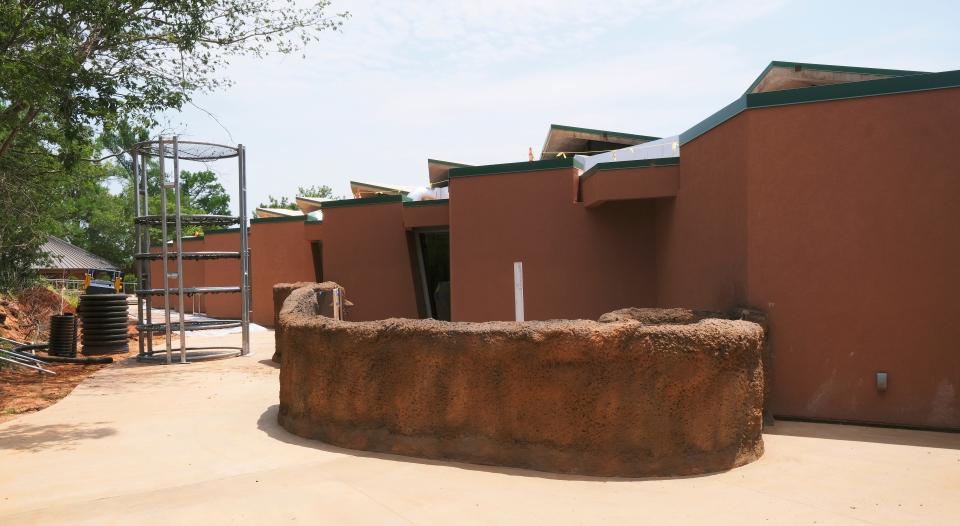
A similar fundraising campaign led to the arrival of Mathilda the hippopotamus in 1953. Another $3,000 was raised with help of 10-year-old Gayla Peevey, who performed a national hit song “All I Want a Hippopotamus for Christmas."
Mathilda made headlines again in 1967 when, resettled into the Pachyderm Building, she “married” Norman Houston, her “mail-order husband.” Together, the pair produced nine offspring.
Both animals passed away in 1997 at a time when the zoo was undergoing the start of an extensive rebuilding, funded by a dedicated sales tax, that continues with creation of the “African Exhibition.”
What's new at the Pachyderm Building, Clara Girvin Bridge at the OKC Zoo
The Pachyderm Building and the Clara Girvin bridge are a part of the exhibition, which is set to open this summer. The building is being reimagined with animal habitat spaces where guests can enjoy up-close views of iconic African species, an expanded outdoor veranda offering open views of the zoo’s multi-species savanna and giraffe feeding opportunities, and an interactive children’s area.
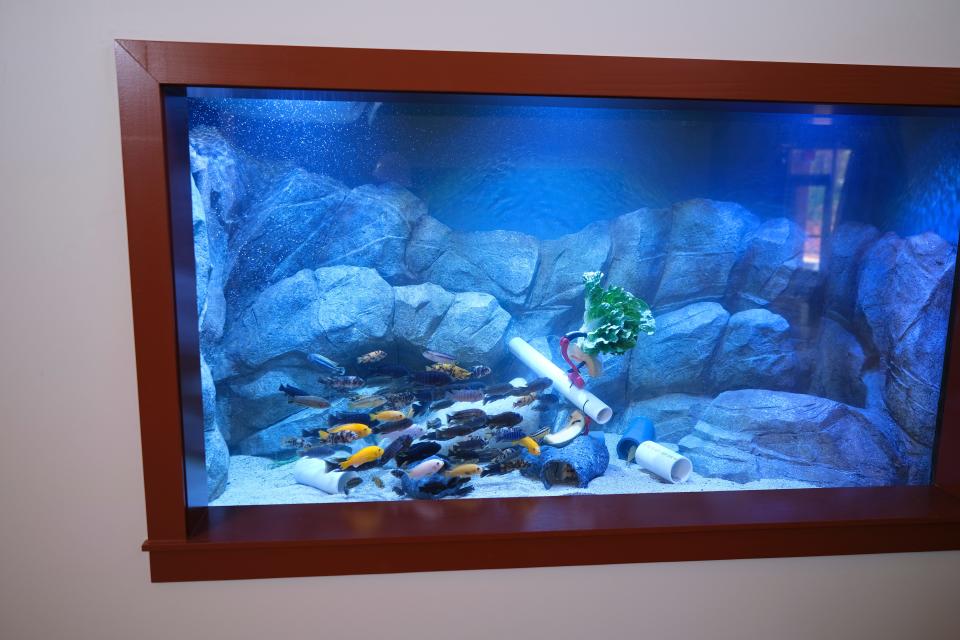
With support from Love’s Travel Stops, the building also will feature a private event space. Animal habitat displays will range from naked mole rats, mongoose to reptiles and amphibians.
Lawson also credits the Bank of Oklahoma with buying tax credits related to the development of the Pachyderm Building to free up $4 million for the renovation. Getting the building on the National Register of Historic Places in 2021 was key to getting the tax credits.
“Essentially, Bank of Oklahoma was able to buy or absorb these tax credits and thereby provide the zoo with additional liquidity they needed to make the most of this project,” said Greg Wheeler, Bank of Oklahoma’s OKC market CEO. “We saw this as an investment into our city, and into a piece of OKC history, and were thrilled to learn that renovating this facility meant additional job creation and community education programs.”
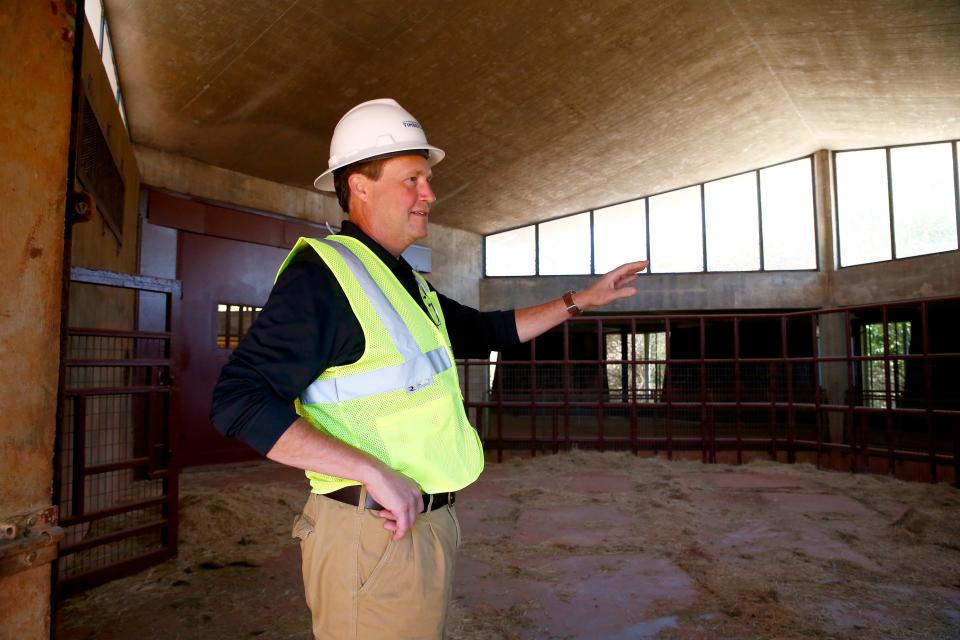
This article originally appeared on Oklahoman: OKC Zoo Pachyderm Building reopening with new exhibits, less smell

